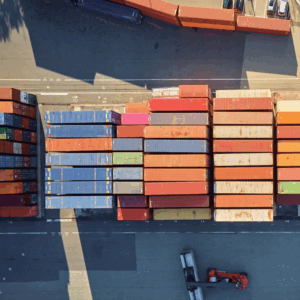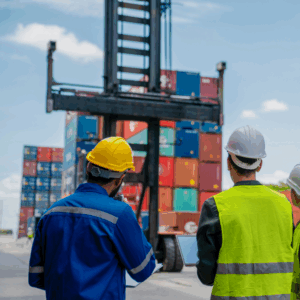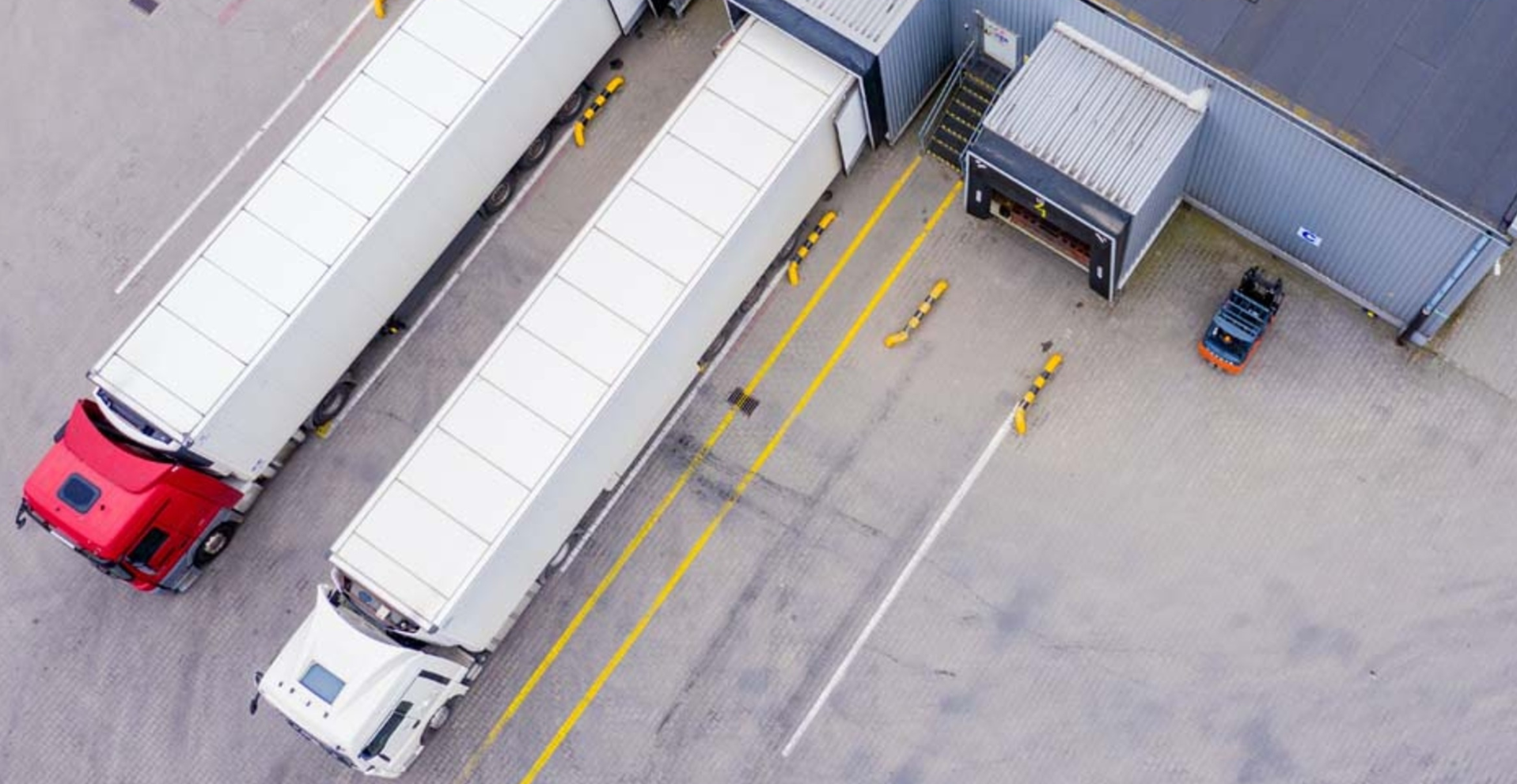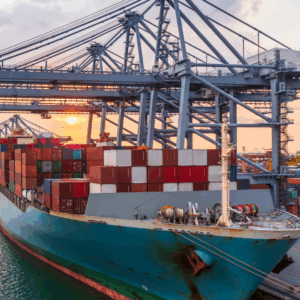
The Interplay Between Trucking, Cargo Forwarding, and Freight Forwarding
Trucking and logistics companies in the USA provide essential overland transportation services through both Less Than Truckload (LTL) and Full Truckload (FTL) operations. These companies operate either as asset-based carriers, owning fleets and infrastructure, or as non-asset-based intermediaries that coordinate logistics. They play a fundamental role in moving cargo from factories to ports, airports, or directly to domestic customers. Cargo forwarding companies, on the other hand, are logistical architects. They plan, arrange, and oversee the shipment journey, often contracting directly with ocean carriers, airlines, and trucking companies. A freight forwarder in the US may not own transport assets but brings indispensable value by managing documentation, booking cargo space, negotiating rates, and ensuring regulatory compliance. Cargo forwarding services often involve multimodal transport, wherein cargo moves from a manufacturer via truck to an airport, then by air to a foreign destination, and once again by truck to the final consignee. Each of these transitions requires specialized expertise and coordination. Furthermore, the freight forwarder serves as the compliance officer, ensuring all export control laws, HS codes, and customs documentation are properly handled to avoid costly delays or legal complications. The most capable logistics companies not only move cargo but also provide a consultative role, advising exporters on Incoterms, insurance, duties and taxes, as well as country-specific requirements.
Challenges and Opportunities in the Freight Forwarding Landscape
The freight forwarding industry in the US operates within a landscape shaped by economic fluctuations, regulatory frameworks, technological disruption, and rising customer expectations. According to research published in the Economics, Finance, and Management Review, freight forwarding businesses face multiple challenges, including regulatory compliance, fluctuating exchange rates, infrastructure limitations, and competitive pricing pressures. Regulatory issues are particularly burdensome due to the need to comply with customs laws, hazardous materials (Hazardous Materials, or “Hazardous Materials”) regulations, and environmental standards. Technology adoption is another hurdle—many traditional firms struggle to digitize operations or train staff in new systems. The freight forwarder US market is especially susceptible to macroeconomic shifts, as variations in demand and fuel prices can have cascading effects on freight availability and pricing. Moreover, infrastructure bottlenecks at ports and railways can lead to unpredictable delays and penalties, especially during peak shipping seasons. Amid these complexities, companies like ExFreight are creating digital ecosystems that enable real-time quoting, automated document generation, integrated tracking, and instant carrier selection. Their digital platform Exfresso is now available to other freight forwarders, allowing smaller firms to access enterprise-level logistics automation. Such innovations address the urgent need for operational resilience and cost optimization.
Practical Guidelines for Exporters Using Freight Forwarding Services
Exporting for the first time requires careful planning and a sound understanding of logistics processes. One of the most critical first steps is to confirm your Incoterms—international commercial terms that define who is responsible for the goods at each stage of transport. Next, exporters must accurately classify their products using the Schedule B and HS code systems, which are essential for customs clearance and duty assessment. If an export license is required, this must be obtained before shipping. Exporters must also ensure that their goods are not destined for embargoed countries and that they are not classified as hazardous materials unless they meet compliance standards for ocean or air freight. Before booking a shipment, it is recommended to obtain accurate quotes that accurately reflect the actual costs of transportation, insurance, duties, and taxes. Exporters should prepare detailed commercial invoices, packing lists, and country-specific documents to ensure accurate and compliant transactions. Shipments valued above a certain threshold may also require an export declaration. Packaging and labeling must comply with transport mode standards. If the pickup location requires special handling (e.g., liftgate, no dock, limited access), these details must be clearly communicated. If the shipment is an ocean container, the exporter must complete a Verified Gross Mass (VGM) form and ensure that the Bill of Lading or Airway Bill reflects the terms of any Letter of Credit. Upon dispatch, tracking details must be shared with the buyer. If the shipment requires an original Bill of Lading, it must be either surrendered at origin or forwarded to the consignee before pickup. The cargo must be retrieved before port free time expires, or the shipper may incur significant demurrage and storage fees.

What is the Maximum Limited Liability for Trucking Shipments?
For trucking-only shipments, ExFreight operates as a broker, not the carrier. The contract between the shipper and the carrier defines liability. Depending on the airline and freight class, liability can range from a few dollars per pound to a maximum per shipment. Items not in new condition may be subject to drastically lower liability limits.
What is Cubic Capacity?
Cubic capacity rules apply to LTL shipments that occupy a significant amount of space but have low density. For example, shipments exceeding a certain cubic foot and weighing.
What Documents Are Required for Exporting from the US?
A complete export shipment requires a commercial invoice, packing list, Bill of Lading or Airway Bill, Schedule B classification, and potentially an export license. Additional country-specific documentation and Electronic Export Information (EEI) filings may be needed for high-value shipments.
Who Pays Duties and Taxes at Destination?
This depends on the Incoterms agreed between the buyer and seller. If the term is DDP (Delivered Duty Paid), the shipper pays the duties and taxes at the time of delivery. If the term is DAP (Delivered at Place) or EXW (Ex Works), the consignee is responsible for the duties. Clarity in documentation is crucial for preventing disputes and avoiding double-billing.
What Happens If My Buyer Abandons the Cargo at Destination?
If the buyer fails to pick up the cargo before the free time expires, the shipper may be liable for demurrage, detention, and, in some cases, disposal costs. This is why it’s essential to communicate clearly, confirm delivery responsibilities, and closely monitor the shipment.




Leave A Comment
You must be logged in to post a comment.